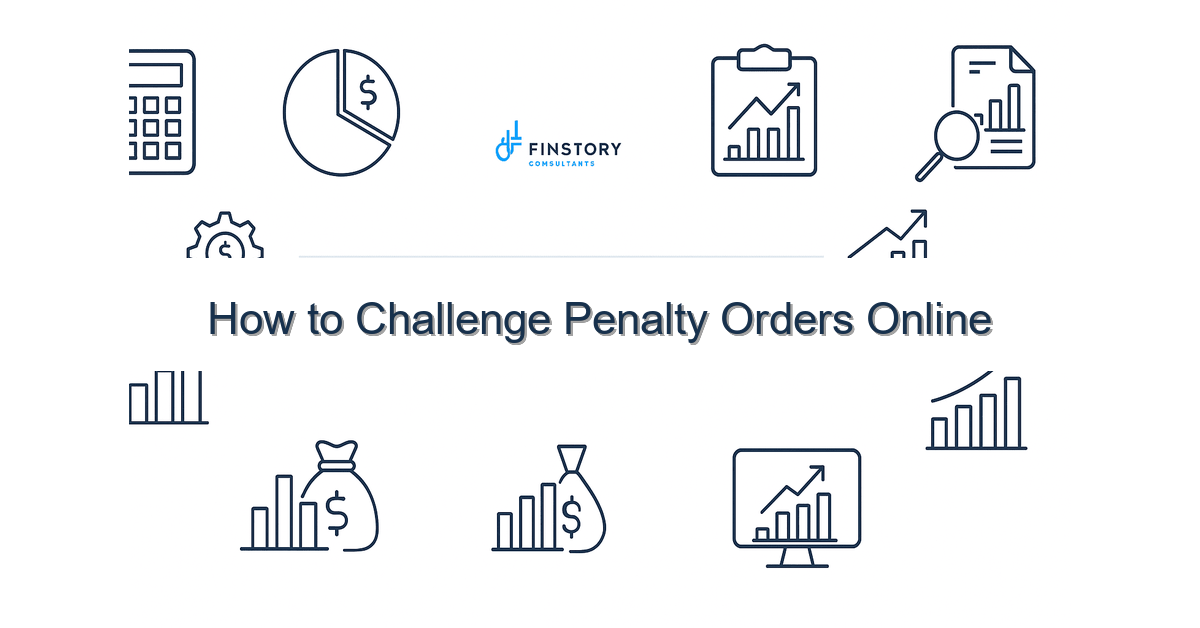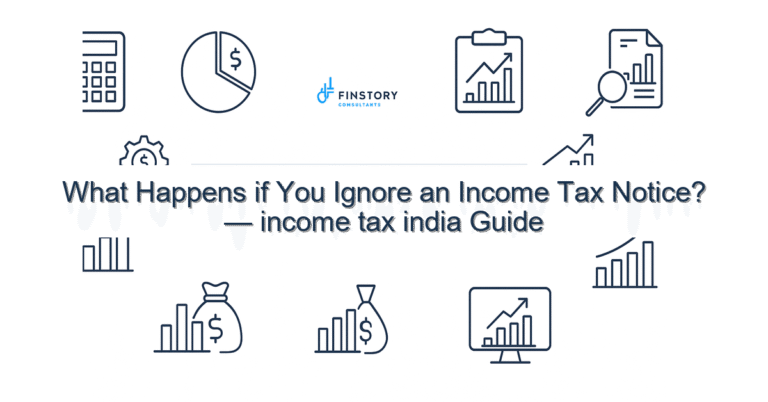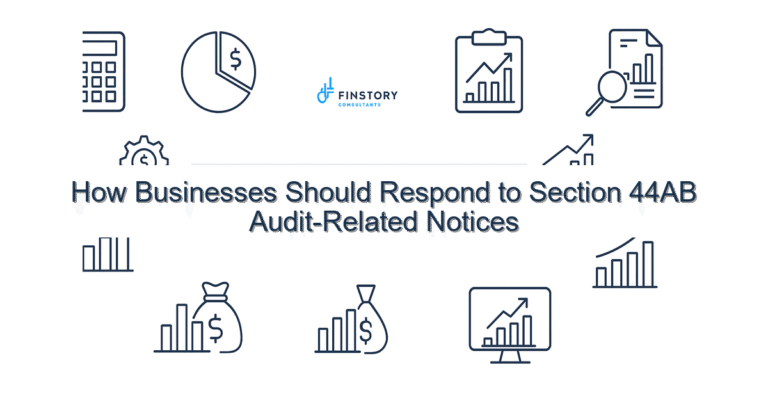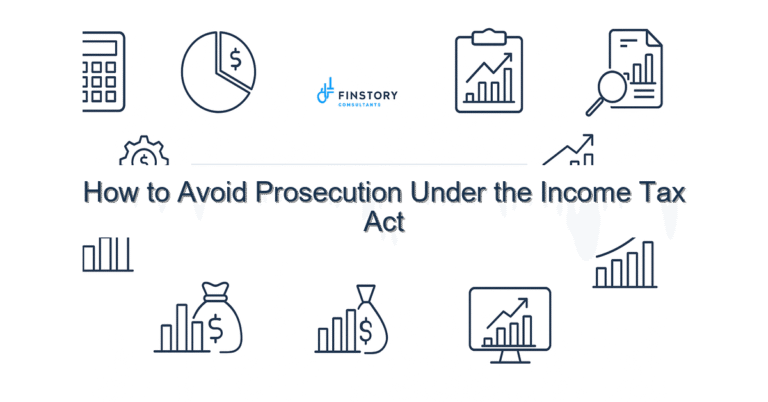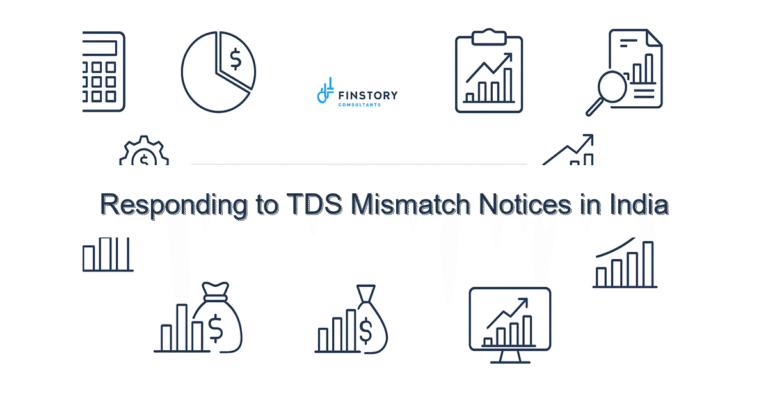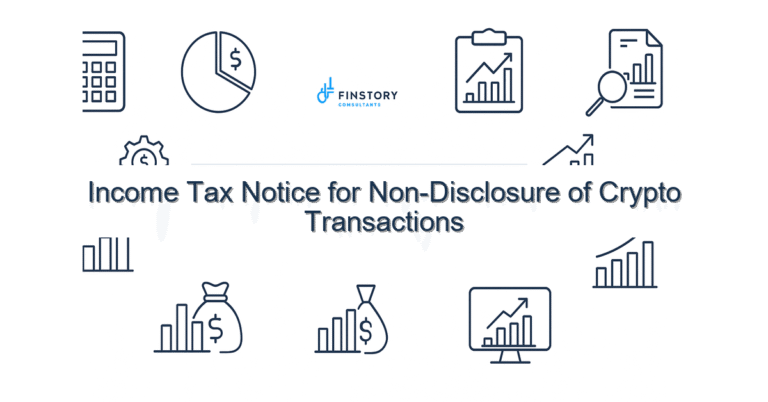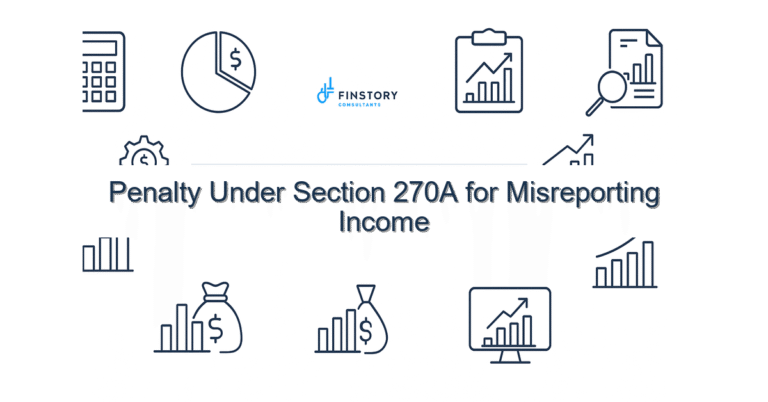How to Challenge Penalty Orders Online
Receiving a penalty order can feel sudden and unfair — whether you are a salaried employee, a professional, a startup founder or run an MSME. The technical language, tight timelines and confusing online portals add to the stress. You are not alone and there are clear steps to fight back without spiralling into litigation.
Summary: You can challenge most income tax penalty orders online by understanding the order, collecting AIS/26AS and supporting documents, using the e-filing portal to request rectification or file an appeal, and following a concise action checklist to preserve rights and reduce costs.
What’s the real problem in India?
Tax notices and penalty orders often arrive with unfamiliar terms such as AY/PY, references to specific sections, or directions from CBDT. Many taxpayers struggle to interpret the grounds, meet the CBDT timelines and use the right forms on the e-filing portal. A mismatch in reporting, TDS/TCS credits, or procedural oversights can trigger penalties that are avoidable or contestable.
- Symptom 1: A penalty notice citing mismatched TDS but your AIS/26AS shows correct credit.
- Symptom 2: A late penalty after missing ITR filing last date, with little guidance on relief options.
- Symptom 3: Confusing references to procedure or forms, and a short window to respond.
What people get wrong
Common pitfalls increase the chance of losing an appeal or paying avoidable penalties:
- Assuming the order is final and not checking for grounds to seek rectification under Section 154 or appeal to CIT(A).
- Failing to verify AIS/26AS and TDS/TCS statements before responding — many “mismatches” are just reporting timing issues.
- Missing the typical 30-day window to file an appeal (counting from service of order) and not using online acknowledgement records to prove timely filing.
- Uploading incomplete evidence or not using standard formats required by the e-filing portal, which causes delays.
A better approach
Adopt a calm, structured workflow that treats the penalty as a solvable administrative problem rather than an immediate disaster.
- Immediate triage: Download the order from the e-filing portal and note the reason, penalty section, and the date of service (start your timeline).
- Data check: Reconcile AIS/26AS, Form 16, bank statements and invoices to verify the facts behind TDS/TCS differences or income additions.
- Choose the path: Decide whether to file a rectification request (Section 154), make an online representation to CPC, or prepare an appeal to CIT(A).
- Submit properly: Use the e-filing portal to upload the reply, grounds of appeal, and supporting documents; request stay if applicable and deposit the required amount if needed to proceed.
- Follow up and escalate: Track acknowledgements, respond to queries via e-proceedings and escalate to legal counsel if the department maintains the penalty.
Real-world story: A Bangalore-based software professional received a penalty of Rs 1.2 lakh for alleged under-reporting. On review, AIS/26AS showed delayed TDS credit by the employer. We filed a rectification online within 15 days, uploaded Form 16 and the bank TDS challans, and the penalty was withdrawn in 10 weeks — no court, no large deposit.
Quick implementation checklist
- Download and save the penalty order PDF from the e-filing portal immediately.
- Note the service date and calculate timelines (appeal usually within 30 days; check specific section).
- Pull your AIS/26AS, Form 16/16A, bank statements, invoices and TDS/TCS certificates.
- Map each allegation in the order to a supporting document or an explanation.
- If it is a data/reporting issue, prepare a rectification request under Section 154 and upload evidence.
- If substantive dispute exists, draft grounds of appeal and prepare to file CIT(A) appeal electronically via the e-filing portal.
- Check whether a deposit (e.g., 25% in some cases) is required for stay; be ready to fund it or request interim relief.
- Use standard filenames and PDF formats, and keep copies of all acknowledgements.
- Set reminders for follow-up and replies — tax portals do not always send SMS or email reliably.
- Contact a tax professional if the penalty is material, involves alleged fraud, or if you need to preserve complicated rights like capital gains indexation claims.
What success looks like
- Penalty reduced or withdrawn (typical target: 60–100% relief if evidence is clear).
- Quicker ITR processing and fewer follow-up notices (fewer notices in the next AY).
- Preserved refunds — timely response prevents offset against future refunds.
- Lower legal costs compared with prolonged litigation.
- Better compliance hygiene: accurate reporting of TDS/TCS, timely ITR filing and clarity on ITR filing last date for future years.
Risks & how to manage them
Risks include missed deadlines, inadequate evidence, deposit requirements and escalation to litigation. Manage these by:
- Acting promptly and tracking the appeal timeline.
- Keeping airtight supporting documents: AIS/26AS extracts, Form 16/16A, bills and bank proofs.
- Confirming whether the specific penalty section requires deposit to seek relief; if so prepare a partial deposit strategy.
- Escalating to experienced tax counsel for complex disputes such as alleged concealment or fraud.
Tools & data
Make the online process work for you by using the right tools:
- AIS/26AS for TDS/TCS reconciliation (download and save multiple AY extracts).
- The income tax e-filing portal for orders, rectification and appeals.
- TDS/TCS tracking tools or payroll software to cross-check employer filings and Form 26QB entries.
- Document management (PDF merges, OCR) to prepare clear, paginated bundles for upload.
FAQs
Q: Can I challenge a penalty online?
A: Yes. Most penalty orders can be contested online via rectification requests, e-proceedings replies or by filing an appeal to CIT(A) through the income tax e-filing portal. Use AIS/26AS and supporting documents to substantiate your case.
Q: How long do I have to appeal?
A: Generally, appeals to CIT(A) must be filed within 30 days of service of the order, but timelines vary by section. If you miss the deadline, you may file a condonation petition explaining the delay, but success is not guaranteed.
Q: Do I need to deposit the penalty to file an appeal?
A: For some penalties or to seek a stay, a deposit is required. The percentage and rules depend on the penalty provision and departmental practice. Confirm before you file and plan liquidity accordingly.
Q: My penalty came due to a TDS mismatch. What should I do first?
A: Reconcile AIS/26AS with Form 16/16A and employer returns. Often the issue is timing; a rectification or a short explanation with documents can remove the penalty without escalation.
Next steps
If you have a penalty notice, start by downloading the order and your AIS/26AS. If the issue looks complex, get a timely review so you do not miss appeal windows. We help busy taxpayers — salaried professionals, founders and MSMEs — prepare and file robust online responses that preserve rights and reduce costs.
For practical help, see our resources: [link:ITR guide] and [link:tax-saving tips]. We also cover related topics such as Section 80C limit planning, comparing new vs old regime slabs, and handling capital gains indexation in appeals.
Work with Finstory. Speak with an Expert for a personalised plan to reduce your tax outgo and stay compliant. Book a free 20-min consultation.
📞 Need help with Income Tax in India?
Book a 20-min consultation with our tax team. Individuals, founders & MSMEs welcome.
Prefer email or phone? Write to info@finstory.net
or call +91 44-45811170.
